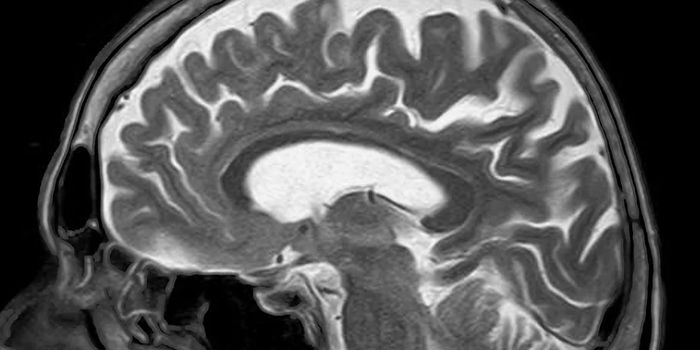Diabetes Drug Linked to Higher Risk of Blinding Eye Disease
Patients prescribed semaglutide, marketed as Ozempic or Wegovy, for diabetes and weight loss may have a higher risk of non-arteritic anterior ischemic optic neuropathy (NAION), a potentially blinding eye condition. The corresponding study was published in JAMA Ophthalmology.
NAION occurs in up to 10 out of 100,000 people in the general population. It is the leading cause of optic nerve blindness after glaucoma and the most common cause of sudden optic nerve blindness. It is thought to be caused by reduced blood flow to the optic nerve. Vision loss from the condition is painless and may progress over many days before stabilizing. There are currently no effective treatments.
The current study was inspired by three patients from Harvard Teaching Hospital, Mass Eye and Ear, who were diagnosed with vision loss from NAION in the same week. All three patients were taking semaglutide. The researchers behind the study thus decided to conduct a retrospective analysis of the patient population at Mass Eye and Ear to see if a link exists between NAION and the increasingly popular drug.
Altogether, they included 17,000 patient records in their analysis from the six years since Ozempic came to market. The patients were divided into two groups: those diagnosed with diabetes or overweight/ obesity. The researchers then compared patients who had received prescriptions for semaglutide to those taking other diabetes and weight loss drugs.
Ultimately, they found that people with diabetes who had been prescribed semaglutide were over four times more likely to be diagnosed with NAION. Meanwhile, those who were overweight or obese and prescribed the drug were over seven times more likely to receive a diagnosis.
"Our findings should be viewed as being significant but tentative, as future studies are needed to examine these questions in a much larger and more diverse population,” said lead author of the study, Joseph Rizzo, MD, director of the Neuro-Ophthalmology Service at Mass Eye and Ear and the Simmons Lessell Professor of Ophthalmology at Harvard Medical School, in a press release.
Limitations to the research include the fact that Mass Eye and Ear sees an atypically high number of people with rare eye diseases, and that the number of NAION cases seen over the six-year study period was relatively small. The researchers also couldn’t determine whether patients took their medication consistently, and how this may have affected disease risk.
“This is information we did not have before and it should be included in discussions between patients and their doctors, especially if patients have other known optic nerve problems like glaucoma or if there is preexisting significant visual loss from other causes,” said Rizzo.
Sources: Neuroscience News, JAMA Ophthalmology









